


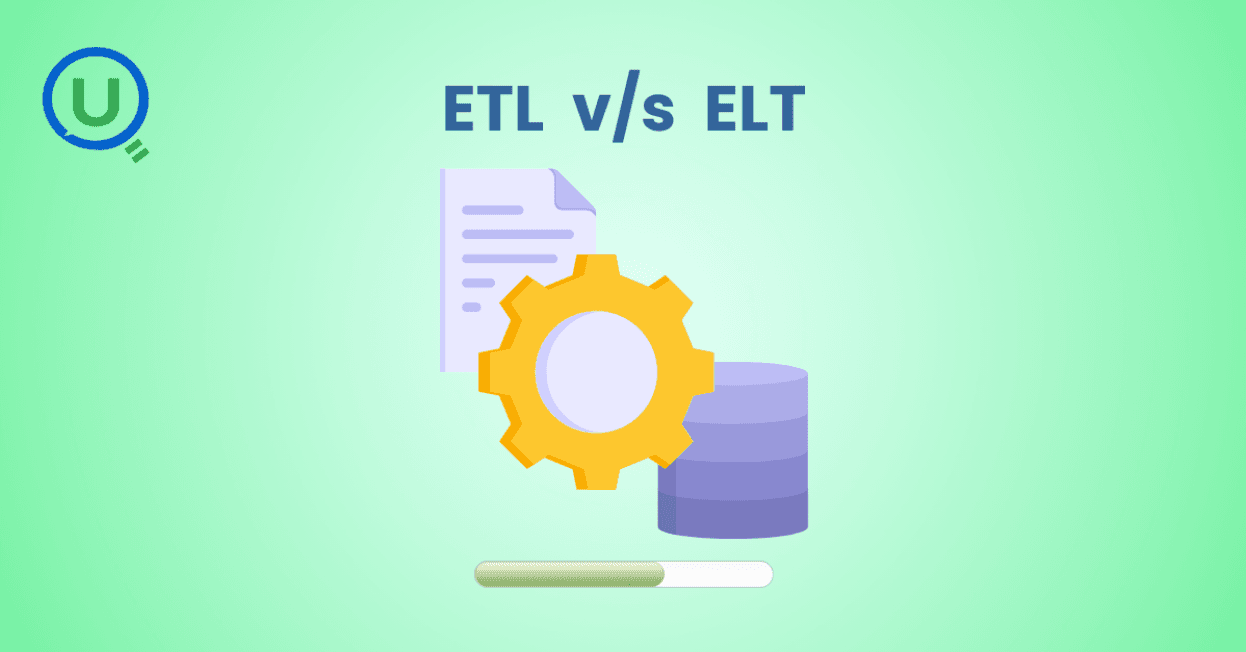
As organizations increasingly rely on data to drive strategic decisions, the methods used to move and transform that data have become crucial. Two of the most commonly used approaches are ETL (Extract, Transform, Load) and ELT (Extract, Load, Transform). While both methods aim to make raw data useful, they follow different processes and are suited for different architectures and business needs.
This article provides a complete comparison of ETL vs ELT, exploring how they work, their key differences, and real-world use cases to help you choose the right strategy for your data pipeline.
Before diving into the comparison of ETL vs ELT, let’s understand what each process involves.
ETL stands for Extract, Transform, Load. It is a traditional data integration process that involves:
Extracting data from various sources like databases, files, APIs, or cloud platforms.
Transforming the data into a suitable format—this can involve cleaning, joining, filtering, or aggregating the data.
Loading the transformed data into a destination system, usually a data warehouse.
ETL is often used in on-premise systems or when transformation needs to be handled before the data reaches the warehouse. The transformation typically happens on a dedicated ETL server or engine.
ELT stands for Extract, Load, Transform. Unlike ETL, this method:
Extracts data from source systems.
Loads the raw data directly into a target data warehouse or data lake.
Transforms the data using the processing capabilities of the target system.
ELT has become more viable with the rise of cloud-based, high-performance data warehouses like Snowflake, Google BigQuery, and Amazon Redshift, which can handle large-scale data transformations efficiently.
Understanding the core differences between ETL vs ELT can help organizations make informed decisions about their data strategy. Below are the major distinctions:
ETL: Data is transformed before loading it into the warehouse.
ELT: Data is loaded in its raw form, and transformation occurs inside the target system.
This fundamental difference affects how the systems are designed and where the processing happens.
ETL: Performance depends heavily on the ETL server and can be a bottleneck with massive data volumes.
ELT: Takes advantage of the modern data warehouse’s scalability, making it suitable for big data and real-time analytics.
ETL: Since transformation occurs before loading, it can introduce delays, making it less ideal for real-time scenarios.
ELT: Enables faster ingestion and supports near real-time data analysis because raw data is immediately available in the warehouse.
ETL: Requires a dedicated ETL tool or server to manage the transformation process.
ELT: Leverages the processing capabilities of the data warehouse, reducing the need for external tools.
ETL: May offer better control over data as it gets cleaned and filtered before storage.
ELT: Stores raw data, which could introduce risks if not managed with strict access controls.
ETL: Supported by mature tools like Informatica, Talend, Apache Nifi, and IBM DataStage.
ELT: Powered by modern platforms like Fivetran, Stitch, and dbt, which are optimized for cloud-native environments.
Feature | ETL | ELT |
Order of Operations | Extract → Transform → Load | Extract → Load → Transform |
Best for | Traditional, structured data pipelines | Cloud-native, large-scale data environments |
Transformation location | On ETL tool/server | Inside data warehouse |
Speed and scalability | Slower, limited by ETL engine | Faster, scales with warehouse capabilities |
Storage efficiency | Stores only processed data | Stores raw and transformed data |
Data governance | More control before storage | Requires post-load governance practices |
Tool examples | Informatica, Talend, SSIS | Fivetran, Stitch, dbt |
Real-time capabilities | Limited | Excellent with modern cloud systems |
Cost implications | Higher due to ETL server | Efficient if using scalable cloud pricing |
The choice between ETL vs ELT should be based on your organization’s data needs, architecture, compliance requirements, and performance expectations. Below are some typical use cases to help guide your decision.
Compliance-heavy environments
Industries like banking or healthcare often require strict data governance. ETL ensures that only cleaned and transformed data is stored, which helps with compliance.
On-premise data warehouses
Traditional data systems like Oracle or Teradata work best with ETL workflows that perform transformation externally.
Complex data validation
When data must be validated, cleansed, and enriched before entering the warehouse, ETL is a better fit.
Batch processing
ETL excels in scenarios where data is processed in batches rather than in real time.
Smaller datasets
ETL is sufficient when data volumes are manageable and don’t require the elasticity of cloud platforms.
Cloud-native architectures
ELT is ideal for businesses using cloud-based data warehouses like Snowflake, Redshift, or BigQuery.
Big data analytics
ELT supports massive parallel processing, making it ideal for handling petabytes of data efficiently.
Real-time or near real-time reporting
By loading data quickly and transforming on demand, ELT supports modern reporting needs.
Machine learning and AI workflows
ELT allows raw data to be stored, which is useful for feature engineering and model training.
Data lake integration
ELT aligns well with data lake strategies where raw, unstructured data is stored and later transformed as needed.
Let’s break down the advantages and disadvantages of each method to give you a balanced view.
Cleaner and more controlled data before storage
Better for regulatory compliance
Suitable for legacy systems
Mature ecosystem and community support
Can be slower due to pre-load transformation
Requires additional infrastructure
Not optimized for massive datasets
High scalability with cloud warehouses
Faster data ingestion
Ideal for real-time analytics
Lower infrastructure costs
Raw data stored may increase storage costs
Needs strong access controls
Requires warehouse with strong compute capabilities
Choosing between ETL vs ELT depends on several factors including your data volume, existing tools, budget, and future goals. Here’s a quick guideline:
Choose ETL if:
You work in a compliance-sensitive industry.
Your data systems are on-premise.
You require heavy transformation before storage.
Choose ELT if:
You have moved to the cloud.
You deal with high-volume or semi-structured data.
You need real-time insights or machine learning integration.
It’s also worth noting that some organizations use a hybrid approach, combining elements of both ETL and ELT to meet varied needs across different departments.
With the rise of cloud computing and advanced data platforms, many businesses are shifting from ETL to ELT. Tools like dbt have revolutionized how transformation is handled by putting it in the hands of analysts within the warehouse environment. However, ETL is not obsolete. It continues to serve critical roles in specific business cases, especially where pre-load data shaping and regulatory constraints exist.
So, ETL vs ELT is not about one being better than the other—it’s about context and purpose. Both have their place in modern data architecture.
The debate between ETL vs ELT reflects broader trends in data management. As companies adopt more cloud-based, scalable technologies, ELT is becoming the preferred method for handling complex data workloads. However, ETL still remains valuable in traditional settings where upfront data validation and compliance are paramount.
Understanding the strengths and limitations of both approaches will help you architect a data pipeline that’s efficient, secure, and aligned with your organizational needs.
In the rapidly evolving world of data engineering, choosing the right method for data integration can make or break your analytics strategy. Whether you're migrating from legacy systems or building a cloud-native data stack, weighing the benefits of ETL vs ELT will put you on the right path to data-driven success.
Looking to build a future-ready data infrastructure? Enqurious helps businesses navigate the complex world of data engineering by offering tailored solutions that fit your unique use cases—whether you need an ETL foundation, an ELT transformation layer, or a hybrid setup. Our expert team supports seamless integration, real-time analytics, and scalable data strategies that unlock business value.
Reach out to explore how we can accelerate your data journey. Talk to our expert today!

Passed the Databricks Gen AI Associate Certification with 56 questions in 90 minutes! Here's my honest experience, preparation strategy, time management tricks, and the exact resources that helped me succeed. Real insights for aspiring certificants.

A practical walkthrough of how I reduced heavy batch workloads using Change Data Feed (CDF) in Databricks. This blog shows how CDF helps process only updated records, cutting compute costs and boosting pipeline efficiency.

I dropped a table in Snowflake, then queried to verify it was gone. The system said it doesn't exist, but also showed it consuming 3.57 MB. That contradiction led me down a rabbit hole of metadata delays, missing commands, and hidden costs. Here's what I discovered.
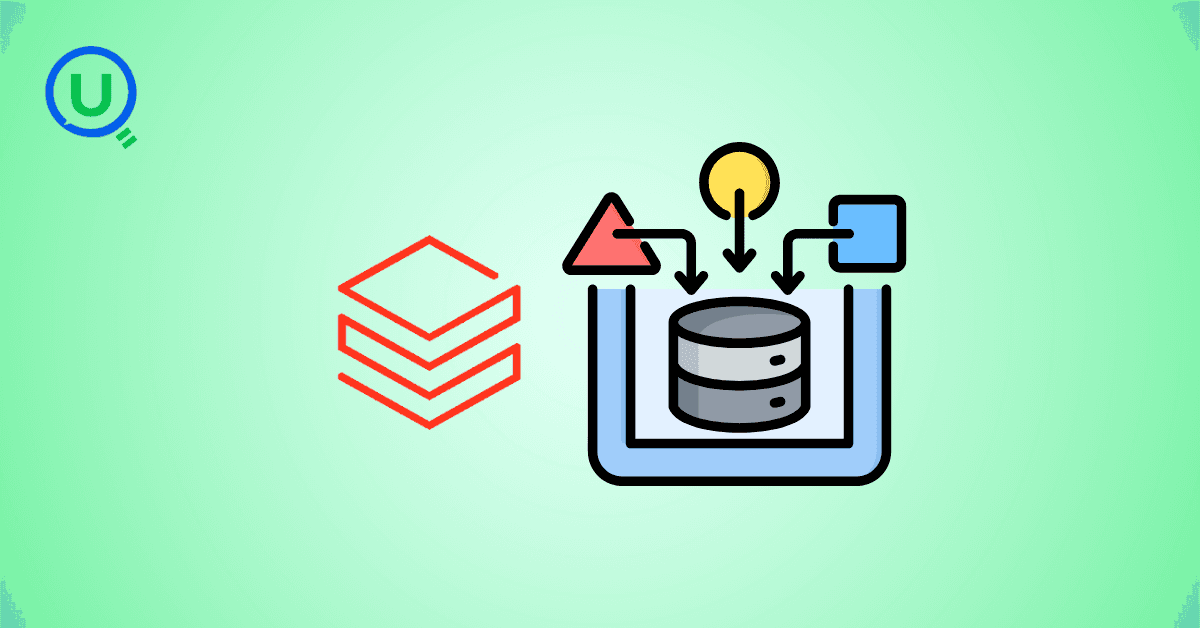
The AI industry has a security problem: data scientists aren't trained in security, ML engineers are working with black-box models, and security pros don't understand GenAI. Learn about the frameworks and tools bridging this gap—from Llama Guard to Databricks' safety features.

Why DELETE isn’t enough under GDPR, and how Time Travel can make sensitive data reappear unless VACUUM is used correctly.

This blog shares my personal journey into Snowflake Gen AI, from early confusion to hands-on clarity. It offers practical study tips, common pitfalls, and guidance to help you prepare effectively and understand Snowflake’s evolving AI capabilities.

Started scrolling Instagram at 2 AM. Saw Cloudflare memes. Fell down a 4-hour research rabbit hole. Discovered that AND database = 'default' could have prevented the whole thing. My sleep schedule is ruined but at least I understand distributed systems now.

Discover the top 10 data pipeline tools every data engineer should know in 2025. From Airflow to Fivetran, learn how each tool powers modern data workflows, supports real-time analytics, and scales across cloud ecosystems.
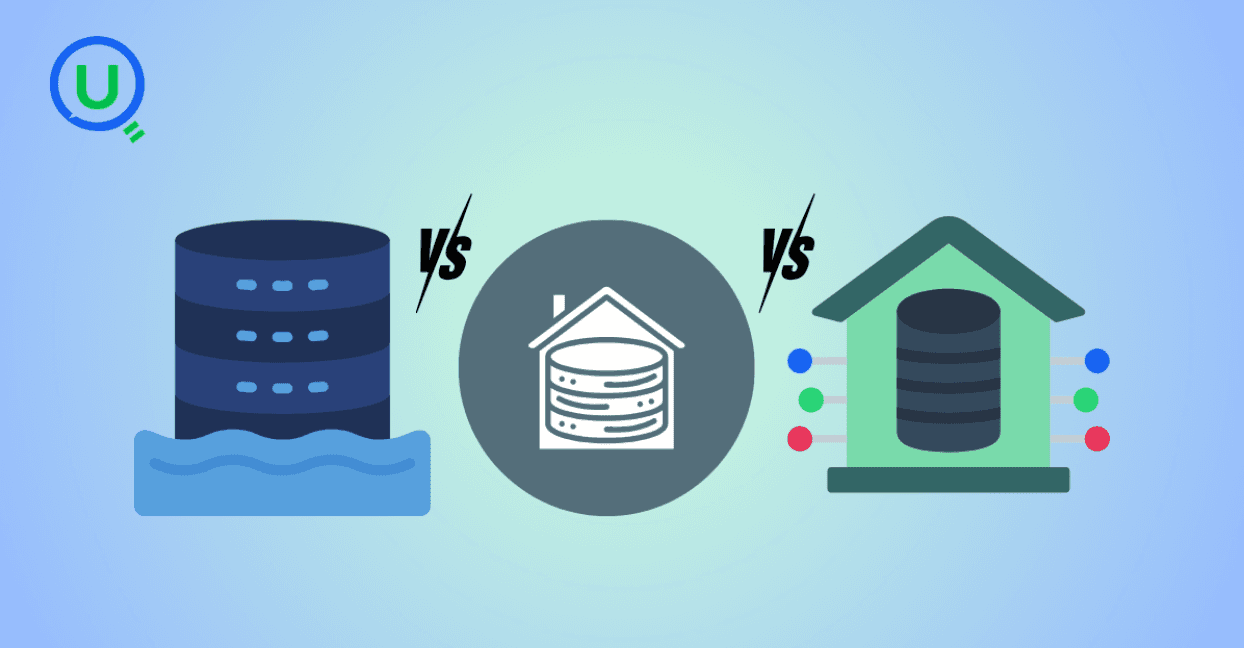
Confused between a data lake, data warehouse, and data mart? Discover key differences, real-world use cases, and when to use each architecture. Learn how to build a modern, layered data strategy for scalability, governance, and business insights.

Explore what syntax means in the world of data and AI—from SQL and Python to JSON and APIs. Learn why syntax matters, common errors, real-world examples, and essential best practices for data engineers, analysts, and AI developers in 2025.
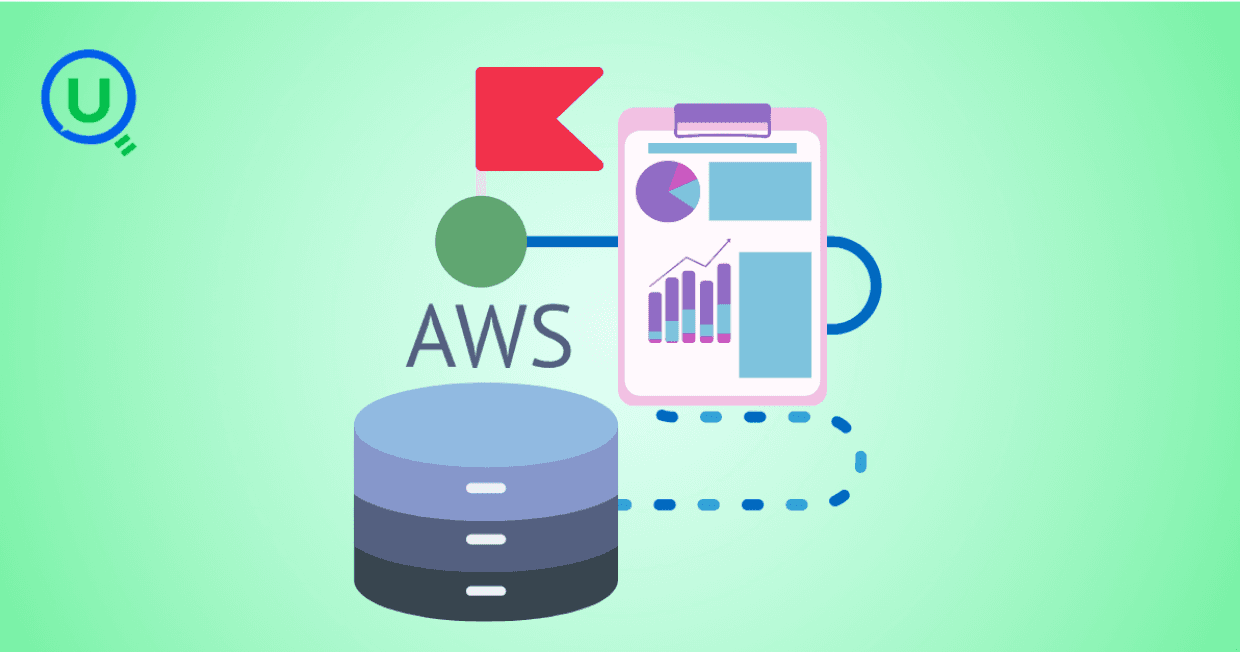
Discover how AWS Data Pipeline helps automate data movement and transformation across AWS services like S3, Redshift, and EMR. Learn its key features, benefits, limitations, and how it compares to modern tools like AWS Glue and MWAA.

Learn how to build scalable and secure data pipeline architectures in 2024 with best practices, modern tools, and intelligent design. Explore key pillars like scalability, security, observability, and metadata tracking to create efficient and future-proof data workflows.
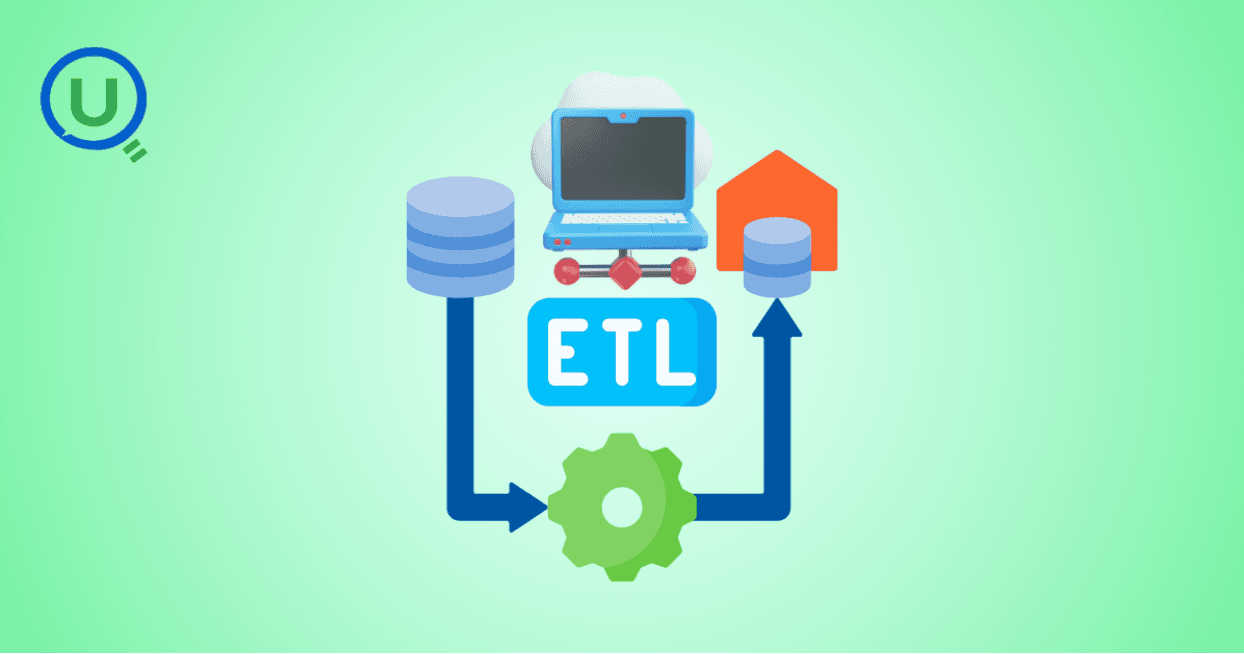
Learn the essential role of ETL (Extract, Transform, Load) in data engineering. Understand the three phases of ETL, its benefits, and how to implement effective ETL pipelines using modern tools and strategies for better decision-making, scalability, and data quality.

Discover why data orchestration and analysis are essential for modern data systems. Learn how automation tools streamline data workflows, boost insights, and scale with your business

Learn what a data ingestion pipeline is, why it's vital for modern analytics, and how to design scalable, real-time pipelines to power your data systems effectively.

Discover the top 15 data warehouse tools for scalable data management in 2024. Learn how to choose the right platform for analytics, performance, and cost-efficiency.

Confused between a data mart and a data warehouse? Learn the key differences, use cases, and how to choose the right data architecture for your business. Explore best practices, real-world examples, and expert insights from Enqurious.

Discover the top 10 predictive analytics tools to know in 2025—from SAS and Google Vertex AI to RapidMiner and H2O.ai. Learn why predictive analytics is essential for modern businesses and how to choose the right tool for your data strategy.

Explore the key differences between descriptive and predictive analytics, and learn how both can drive smarter decision-making. Discover how these analytics complement each other to enhance business strategies and improve outcomes in 2025 and beyond.

Explore the key differences between predictive and prescriptive analytics, and learn how both can drive smarter decisions, enhance agility, and improve business outcomes. Discover real-world applications and why mastering both analytics approaches is essential for success in 2025 and beyond.
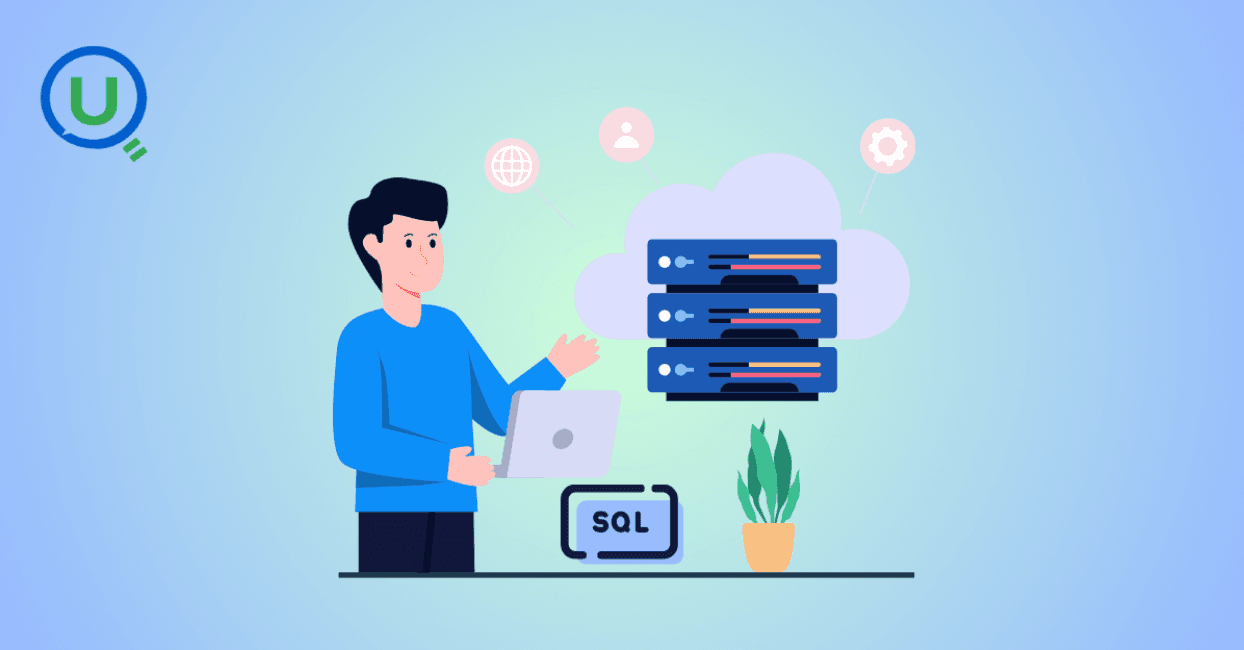
Compare PostgreSQL vs SQL Server in this comprehensive guide. Learn the key differences, strengths, and use cases to help you choose the right database for your business needs, from cost to performance and security.

Learn what Power BI is and how it works in this beginner's guide. Discover its key features, components, benefits, and real-world applications, and how it empowers businesses to make data-driven decisions.

Explore what a Business Intelligence Engineer does—from building data pipelines to crafting dashboards. Learn key responsibilities, tools, and why this role is vital in a data-driven organization.

Discover why data lineage is essential in today’s complex data ecosystems. Learn how it boosts trust, compliance, and decision-making — and how Enqurious helps you trace, govern, and optimize your data journeys.

Learn what a data mart is, its types, and key benefits. Discover how data marts empower departments with faster, targeted data access for improved decision-making, and how they differ from data warehouses and data lakes.

Master data strategy: Understand data mart vs data warehouse key differences, benefits, and use cases in business intelligence. Enqurious boosts your Data+AI team's potential with data-driven upskilling.
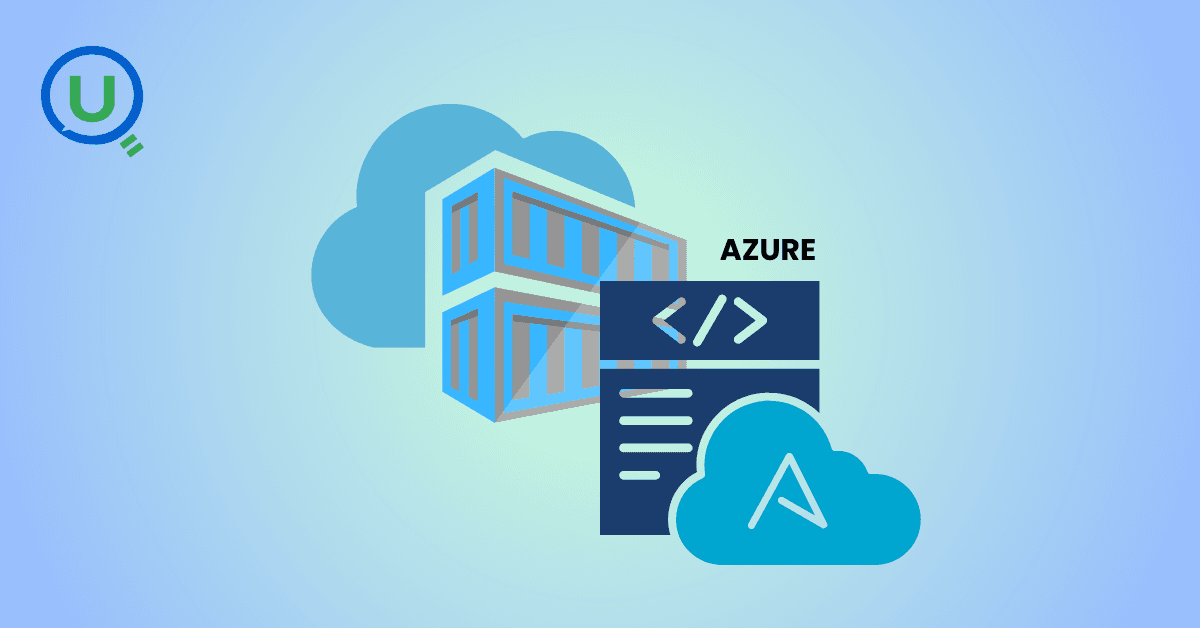
Learn what Azure Data Factory (ADF) is, how it works, and why it’s essential for modern data integration, AI, and analytics. This complete guide covers ADF’s features, real-world use cases, and how it empowers businesses to streamline data pipelines. Start your journey with Azure Data Factory today!
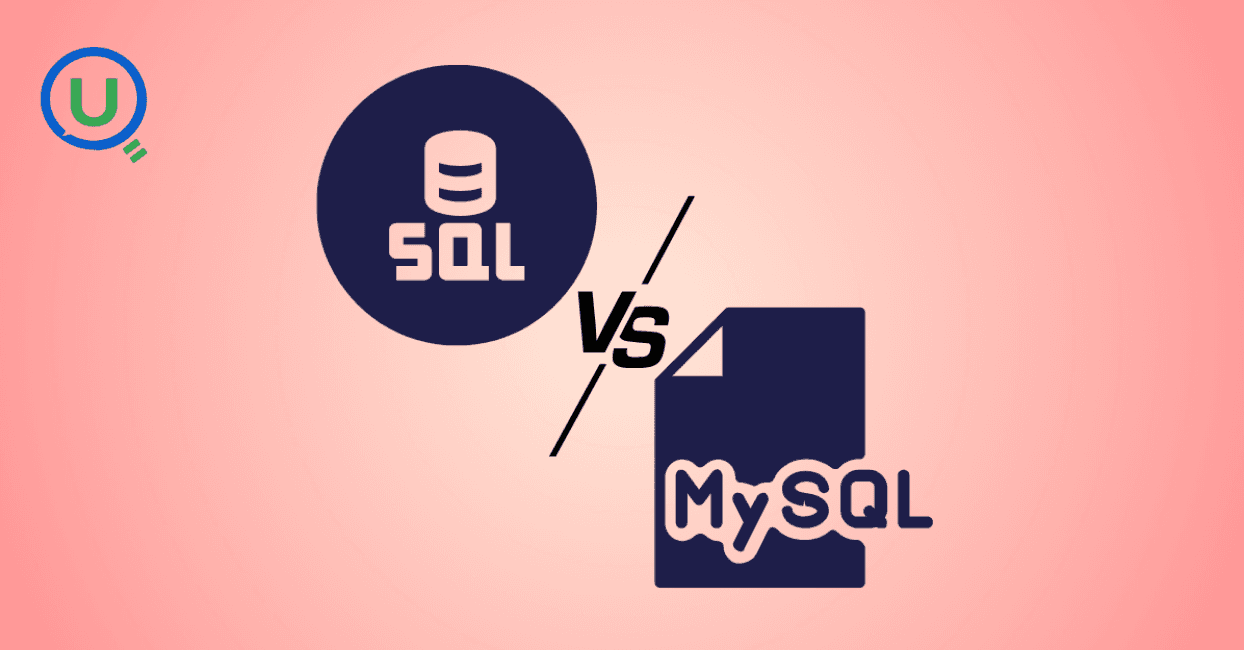
Discover the key differences between SQL and MySQL in this comprehensive guide. Learn about their purpose, usage, compatibility, and how they work together to manage data. Start your journey with SQL and MySQL today with expert-led guidance from Enqurious!
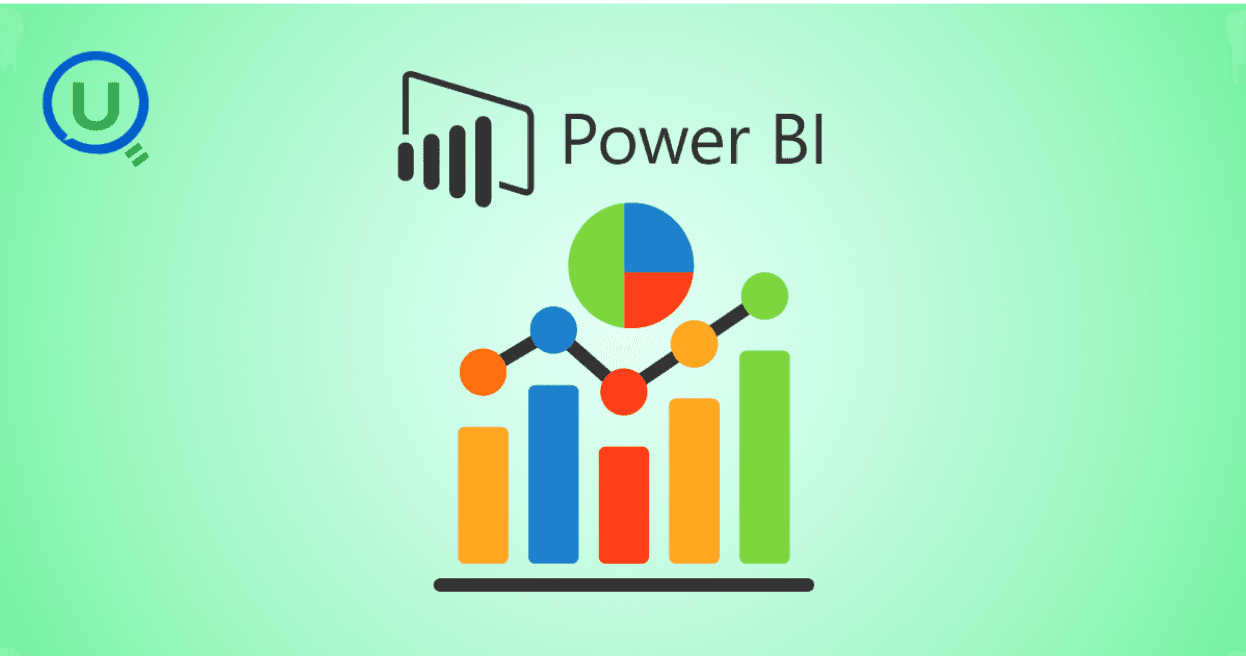
Learn Power BI from scratch in 2025 with this step-by-step guide. Explore resources, tips, and common mistakes to avoid as you master data visualization, DAX, and dashboard creation. Start your learning journey today with Enqurious and gain hands-on training from experts!

AI tools like ChatGPT are transforming clinical data management by automating data entry, enabling natural language queries, detecting errors, and simplifying regulatory compliance. Learn how AI is enhancing efficiency, accuracy, and security in healthcare data handling.
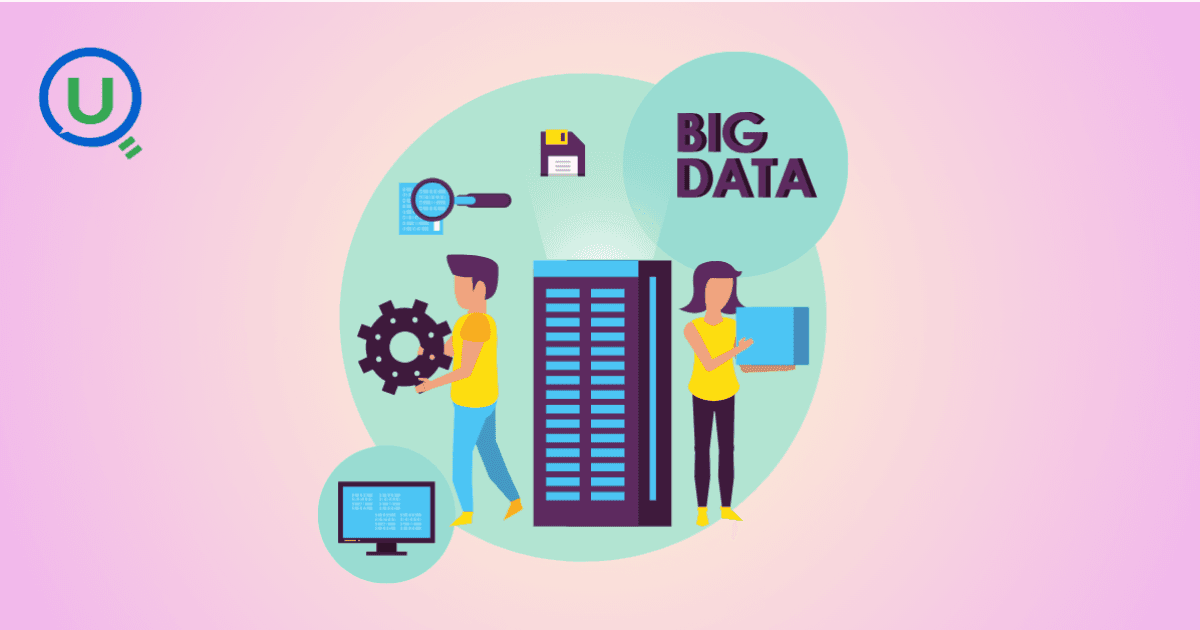
Big Data refers to large, complex data sets generated at high speed from various sources. It plays a crucial role in business, healthcare, finance, education, and more, enabling better decision-making, predictive analytics, and innovation.

Discover the power of prompt engineering and how it enhances AI interactions. Learn the key principles, real-world use cases, and best practices for crafting effective prompts to get accurate, creative, and tailored results from AI tools like ChatGPT, Google Gemini, and Claude.

Learn what a Logical Data Model (LDM) is, its key components, and why it’s essential for effective database design. Explore how an LDM helps businesses align data needs with IT implementation, reducing errors and improving scalability.

Discover the power of a Canonical Data Model (CDM) for businesses facing complex data integration challenges. Learn how CDM simplifies communication between systems, improves data consistency, reduces development costs, and enhances scalability for better decision-making.

Discover the 10 essential benefits of Engineering Data Management (EDM) and how it helps businesses streamline workflows, improve collaboration, ensure security, and make smarter decisions with technical data.

Explore how vibe coding is transforming programming by blending creativity, collaboration, and technology to create a more enjoyable, productive, and human-centered coding experience.
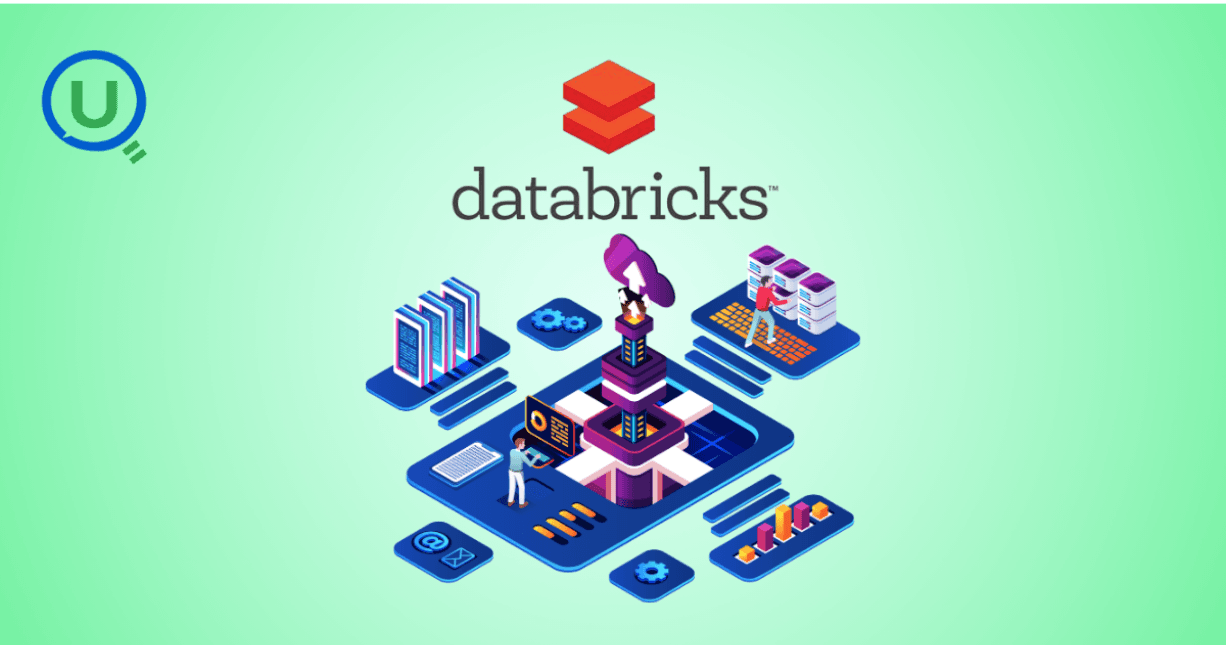
Learn how Azure Databricks empowers data engineers to build optimized, scalable, and reliable data pipelines with features like Delta Lake, auto-scaling, automation, and seamless collaboration.

Explore the top 10 data science trends to watch out for in 2025. From generative AI to automated machine learning, discover how these advancements are shaping the future of data science and transforming industries worldwide.

Discover the key differences between data scientists and data engineers, their roles, responsibilities, and tools. Learn how Enqurious helps you build skills in both fields with hands-on, industry-relevant learning.

Discover the 9 essential steps to effective engineering data management. Learn how to streamline workflows, improve collaboration, and ensure data integrity across engineering teams.
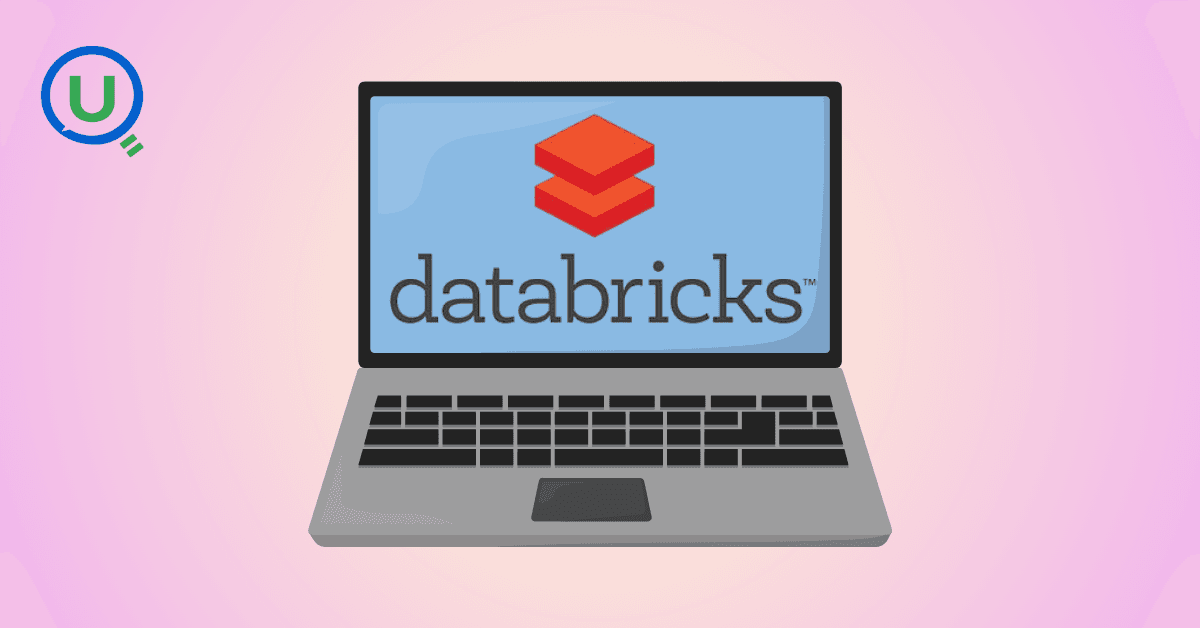
Azure Databricks is a cloud-based data analytics platform that combines the power of Apache Spark with the scalability, security, and ease of use offered by Microsoft Azure. It provides a unified workspace where data engineers, data scientists, analysts, and business users can collaborate.

In today's data-driven world, knowing how to make sense of information is a crucial skill. We’re surrounded by test scores, app usage stats, survey responses, and sales figures — and all this raw data on its own isn’t helpful.

In this blog, we will discuss some of the fundamental differences between AI inference vs. training—one that is, by design, artificially intelligent.

This guide provides a clear, actionable roadmap to help you avoid common pitfalls and successfully earn your SnowPro Core Certification, whether you’re making a career pivot or leveling up in your current role.

"Ever had one of those days when you’re standing in line at a store, waiting for a sales assistant to help you find a product?" In this blog we will get to know about -What is RAG, different types of RAG Architectures and pros and cons for each RAG.
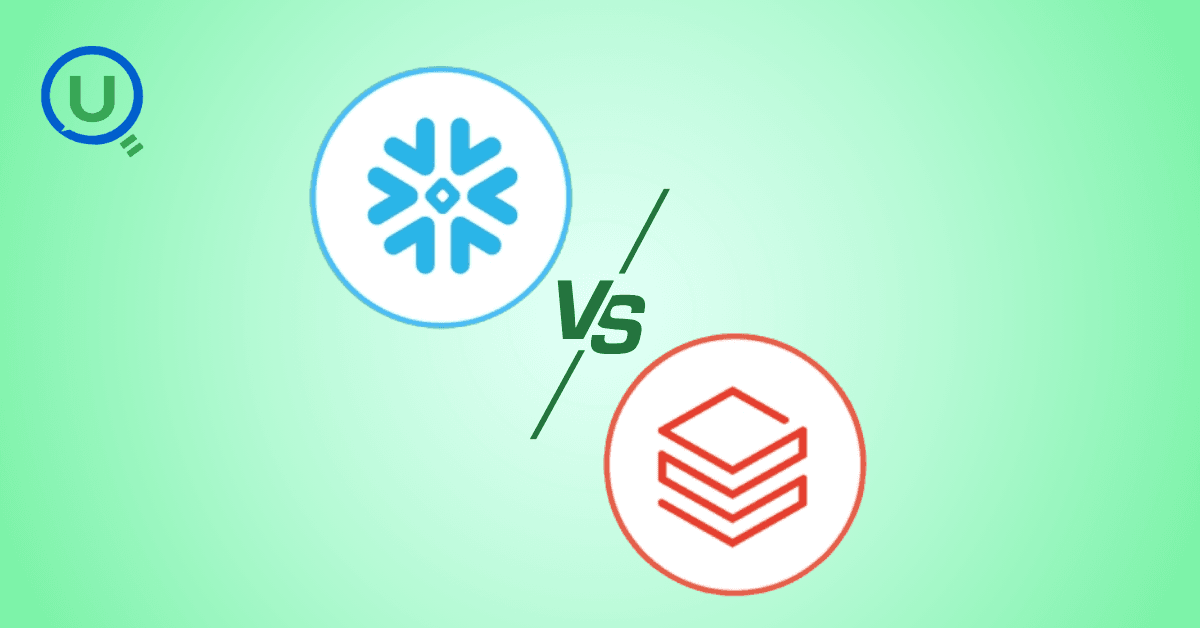
Discover how Databricks and Snowflake together empower businesses by uniting big data, AI, and analytics excellence

How do major retailers like Walmart handle thousands of customer queries in real time without breaking a sweat? From answering questions instantly to providing personalized shopping recommendations, conversational AI reshapes how retailers interact with their customers.